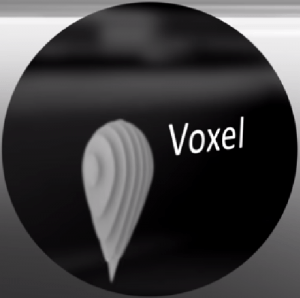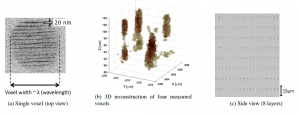[Microsoft Silica] Storing data on a piece of glass can last centuries
![[Microsoft Silica] Storing data on a piece of glass can last centuries](/content/images/size/w1200/wordpress/2019/11/Microsoft-project-silica.jpg)
Passing it from generation to generation makes humans evolve. We learn and build the future from the learning of our ancestors and record our experiments for the generation to come.
We have been seen images carved in caves, people singing memorized hymns, thousands and thousands of books in a library, audio in magnetic tapes, videos in DVD-s and CD, Terrabyte of data in a Hard disk drive, memory cards and pen drives.
The problem with any storage medium is that, they degrade over time and need to be backed-up on a timely basis to prevent any loss of permanent loss of data. Yet, Mankind suffers an irreparable loss of permanent information deletion from the face of history.
In the search of a storage media which can retain data for centuries and is compact to store is our pockets Microsoft Started the Project Silica.
Under Project, Silica Microsoft is developing a storage media that can archive your data for centuries.
Where are they storing the data?? the answer is in a piece of glass as the name suggests silica.

By using the latest discoveries in ultrafast laser optics to store data in quartz glass, using femtosecond lasers project silica has successfully stored Warner Bros. 1978 version of Superman on a piece of glass which can now rest on the self for 100s of years to come without degrading.

Project Silica’s glass square that contains Superman measures 7.5 cm x 7.5 cm x 2 mm and holds 75.6 GB of data.

Project Silica’s femtosecond lasers encode data in “voxels,” the three-dimensional equivalent of the pixels that make up a flat image. Unlike other optical storage media that write data on the surface of something, Project Silica stores data within the glass itself.

By focusing the laser beam at different positions across X-Y plane data can be written side by side, by changing the focus depth of the laser beam data can be stored in the Z-axis that is across the depth of the glass. By using this three-dimensional approach many layers of voxels can be created. A 2mm piece of glass can contain more than 100 layes of voxels, so far 10 layers of silica voxels have been tested.

It’s somewhat like creating an upside-down iceberg at a nanoscale level, with different depths and sizes and grooves that make them unique.
To read the data back, machine learning algorithms decode the patterns created when polarized light shines through the glass. The algorithms can quickly zero in on any point within the glass square, potentially reducing lag time to retrieve information.
Project Silica aims to store what’s known as “cold” data — archival data that may have tremendous value or that companies are required to maintain — but that doesn’t need to be frequently accessed. That might include medical data that has to be kept for a patient’s entire life, financial regulation data, legal contracts, geologic information that pertains to energy exploration and building plans that cities need to hold onto.
Whats More to expect?
- Density – how much data can be fit in a certain amount of space.
- Write throughput – how fast can the data be written.
- Read thoughput – how quickly can the data be read.



